Setúbal in Portugal, delights with its picturesque landscapes, beautiful beaches, clear waters, and rich history. Wandering through the Serra da Arrábida Natural Park, you’ll be captivated by lush forests, crystal-clear waters, and breathtaking views. Hiking trails lead to hidden beaches and secluded coves. Also, experience a taste of history and visit the 16th-century Castelo de São Filipe.
The Setúbal Museum showcases the cultural heritage of the city and surrounding area. The museum houses a diverse collection of art, archaeological artifacts, and historical exhibitions. Setúbal is also the gateway to the stunning Troia Peninsula. A short ferry ride to this paradise offers pristine beaches and luxurious resorts. Water sports are also worth trying.

Location
The city of Setúbal is located on the northern bank of the Sado River estuary in southwestern Portugal.
Parque Natural da Arrábida

The Arrábida Natural Park is a wildlife conservation area located on the Setúbal peninsula. Its area covers 10,800 hectares and encompasses the municipalities of Setúbal, Palmela, and Sesimbra. It stretches for 35 km, with its highest point at Pico do Formosinho, at 501 meters. The lower part is intersected by beautiful coves that house the region’s most beautiful beaches.
The maritime portion is also protected by the Prof. Luiz Saldanha Marine Park, which encompasses a 38 km coastline stretching from Figueirinha Beach to Cabo Espichel.
Praia Tróia Mar

Praia Tróia Mar is a beautiful, expansive beach on a peninsula offering stunning views of the Serra da Arrábida mountains, tranquility, and clear waters perfect for swimming and relaxing. It’s a popular day-long beach destination, with good infrastructure and quiet corners.
Galapinhos Beach

Galapinhos Beach, located on the Arrábida coast, is a tranquil paradise with gentle seas, perfect for snorkeling and diving.
Located in Arrábida National Park, it offers a picturesque beach with soft, golden sand and sparkling turquoise water, creating the perfect backdrop for sunbathing, swimming, and beach walks. Surrounded by lush greenery and rocky cliffs, Galapinhos Beach offers a tranquil atmosphere perfect for relaxation.
Praia da Figueirinha

The biggest beach in the Arrábida Natural Park extends for 1km and is the easiest to reach from the Setúbal, so it’s very popular with locals. The water here is quite shallow and the temperature tends to be one or two degrees higher than at the other beaches in the park, so it’s better for swimming and families.
Praia de Galapos
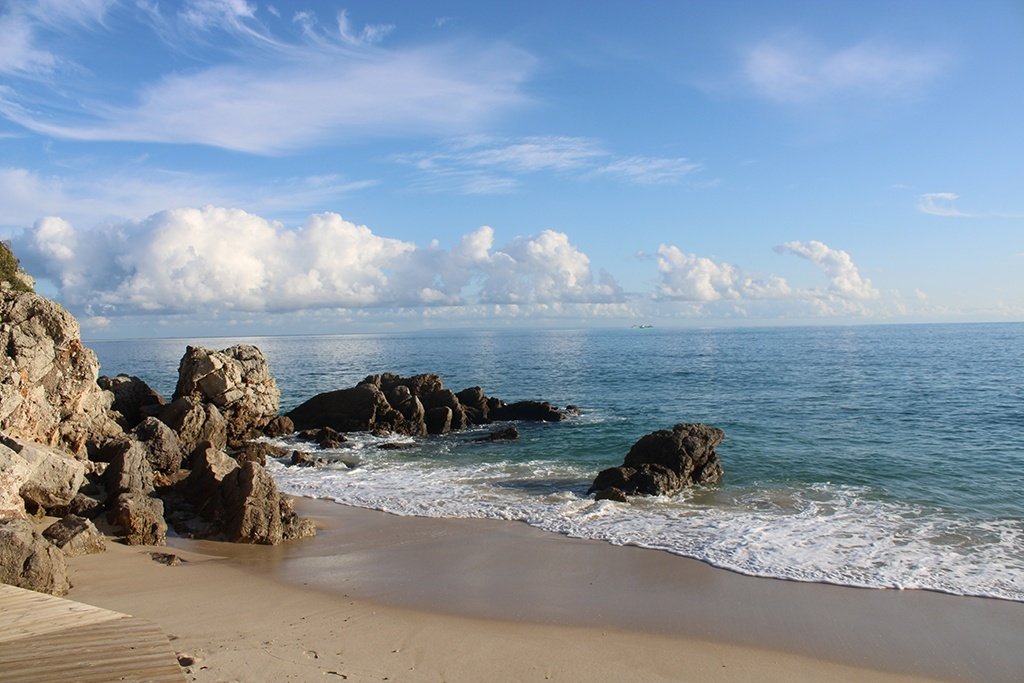
Praia de Galapos offers a peaceful getaway with golden sand and clear waters, surrounded by stunning cliffs and natural beauty. Its unique coastline provides a picturesque backdrop for photography and relaxation.
A beautiful beach, ideal for families, framed by the impressive Arrábida Mountain. There’s also a high-quality restaurant serving delicious snacks.
Praia do Portinho da Arrábida

Arranged in a half-moon cove, protected from the north winds by mountains and surrounded by abundant vegetation mantle, this beach of white sand and clear waters is an old fishing spot now known as a desirable place of recreation and leisure.
Reserva Natural do Estuário do Sado
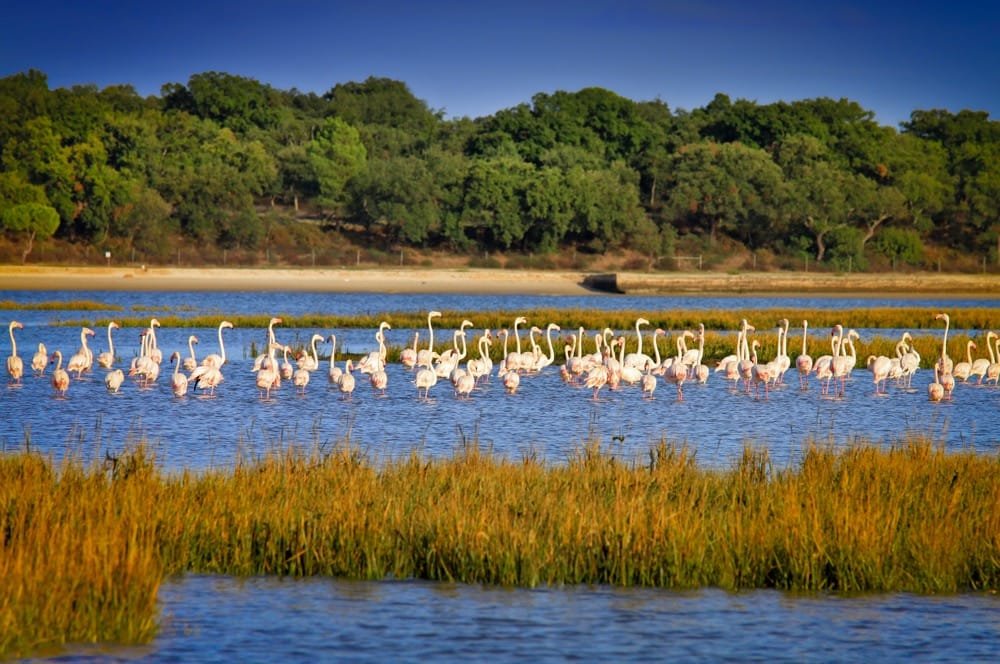
It is located in the Setúbal district and encompasses the municipalities of Setúbal, Alcácer do Sal, and Grândola. The river within the reserve measures approximately 28 km and is entirely navigable. Other types of formations can also be found, such as dunes, beaches (river and sea), and some Pleistocene and Miocene outcrops.
On both banks, there are marshes intersected by streams and canals. The fauna is rich and diverse, making it one of the most important wetlands in the country. The Nature Reserve is home to 261 vertebrate species, of which 8 are amphibians, 11 are reptiles, 211 are birds, and 31 are mammals.
Forte De São Filipe


Forte de Sao Filipe (Sao Filipe Fortress) is a historic fortification located in Setubal, Portugal. Constructed in 1582, fort’s strategic position allowed it to defend against pirate attacks and monitor the city.
Inside, visitors can explore the former governor’s residence and a small baroque chapel adorned with azulejos depicting scenes from the life of Saint Philip. The fort offers panoramic views of Setubal and serves as a notable historical landmark.
Monastery of Jesus of Setúbal
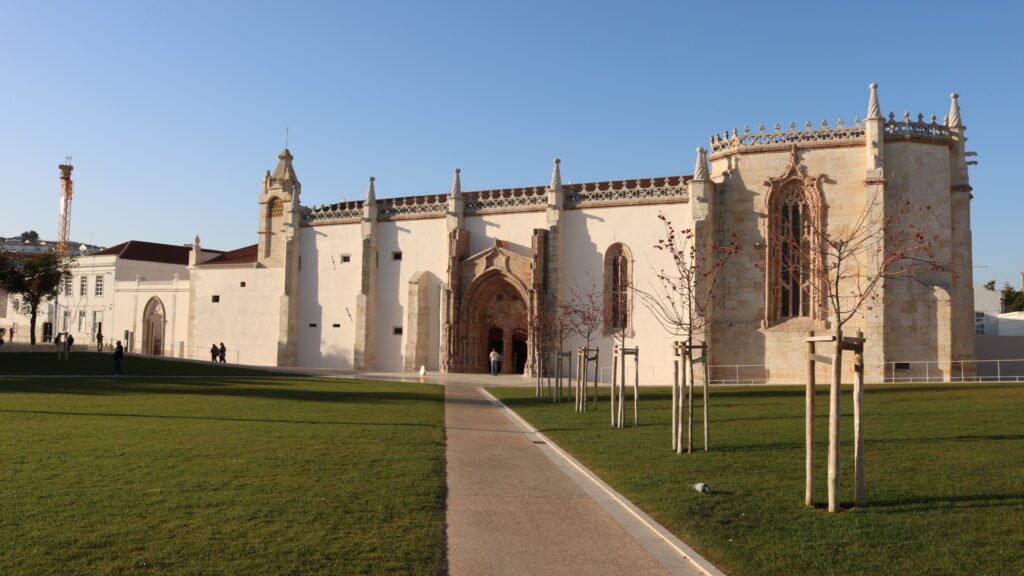

The Convent of Jesus is a historic religious building in Setúbal that served as a convent for the Poor Clares. It is one of the first buildings in the Manueline style, a Portuguese version of late Gothic architecture. The cloisters of the complex house the convent museum.
Setúbal Cathedral
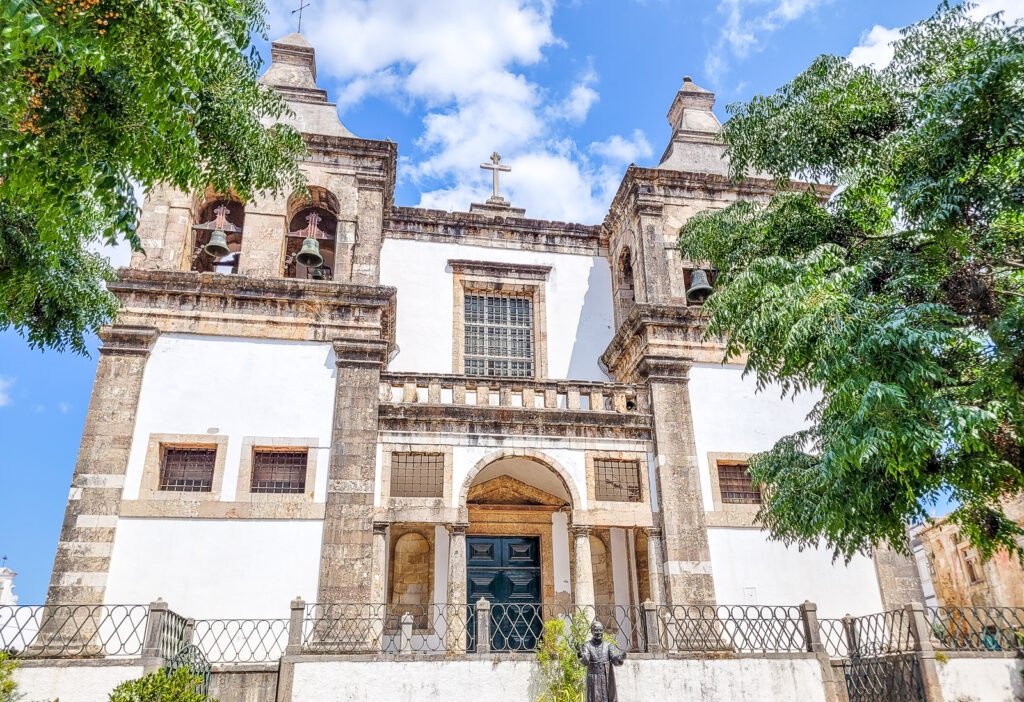

The cathedral is located in the center of medieval Setúbal, serving as both a religious center and a cultural heritage site. Setúbal Cathedral is dedicated to Santa Maria da Graça (Saint Mary of Grace). The current church was built in the 16th century, and
inside, you’ll find gilded, carved altars from the 17th and 18th centuries, as well as 17th-century frescoes on the columns supporting the naves. The side walls are covered with 18th-century blue and white tiles depicting scenes from the life of the Virgin Mary.
Setúbal Town Hall
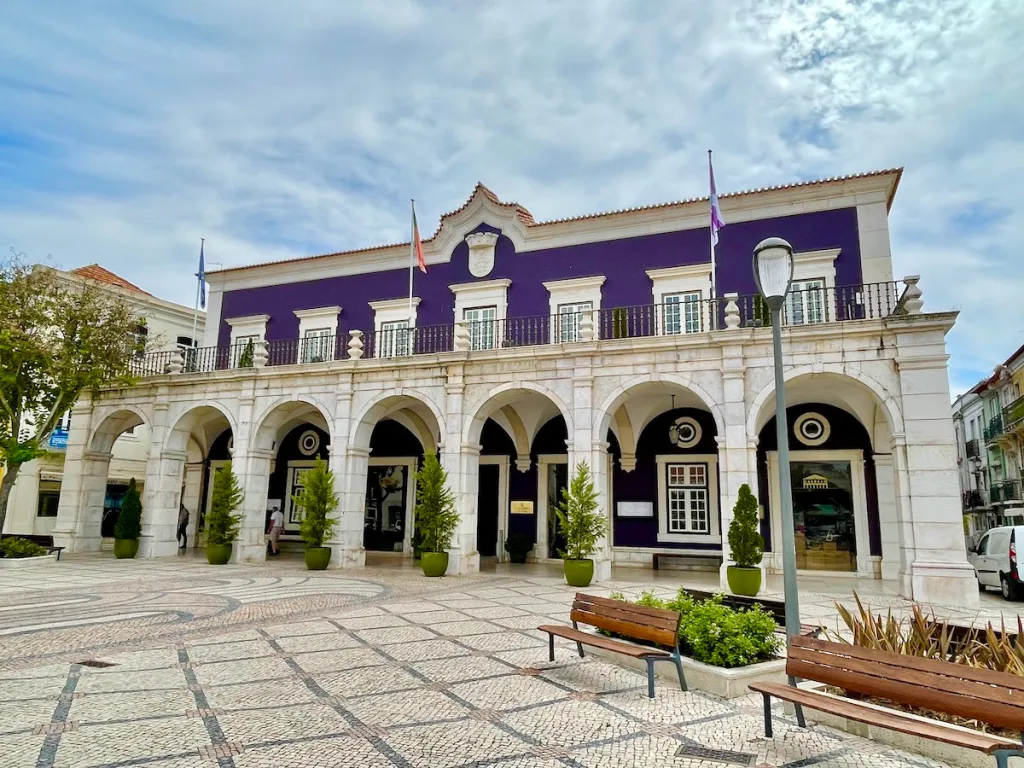
The Câmara Municipal de Setúbal (Town Hall) is a notable building in the main square in Setúbal. This is the Praça de Bocage and is named after the writer, Manuel Bocage, a Neo-classical poet and dramatist, born in the city.
